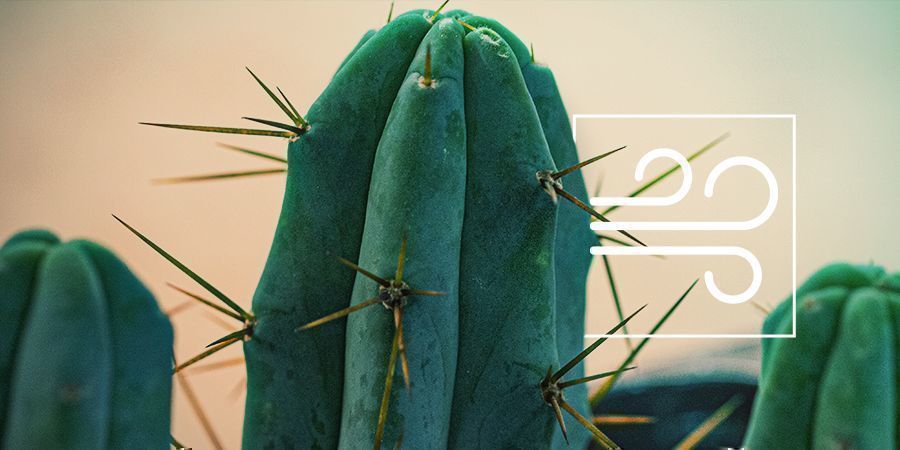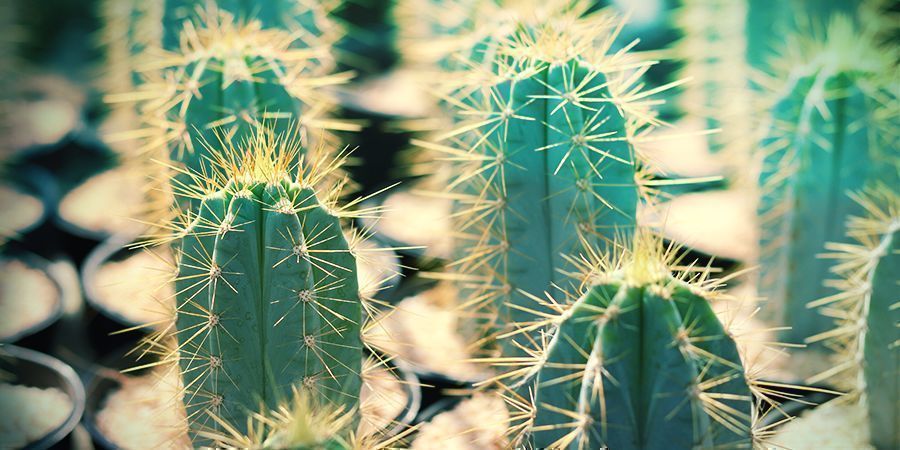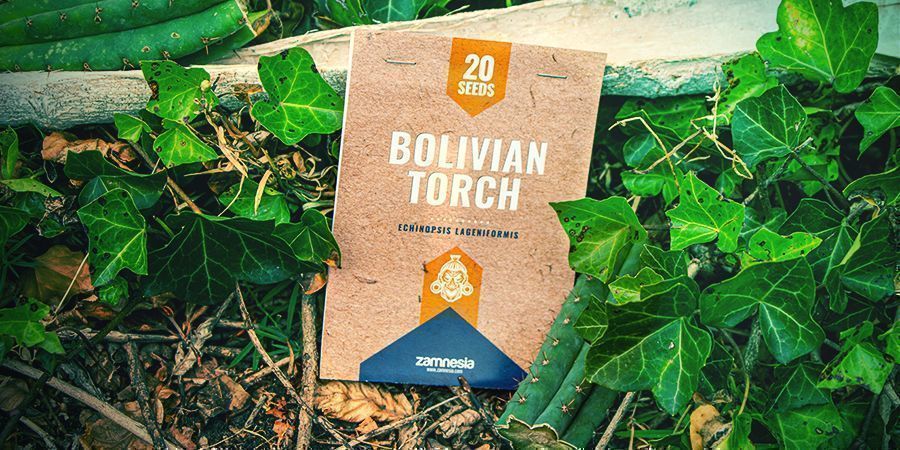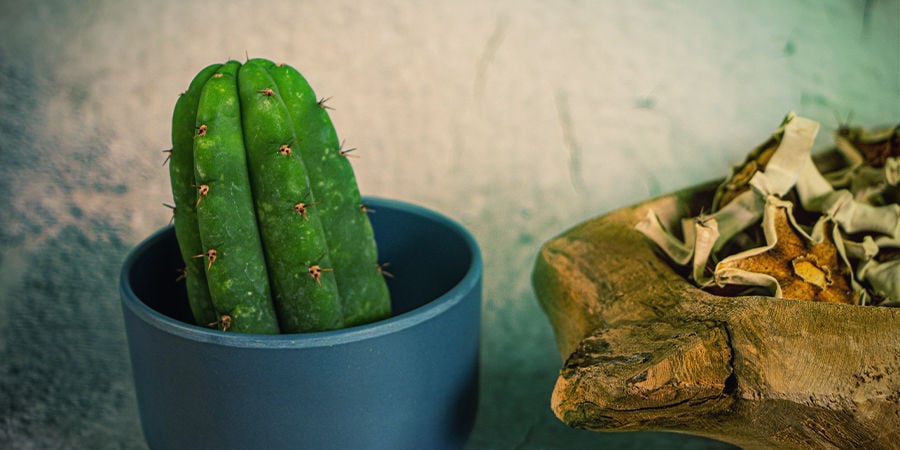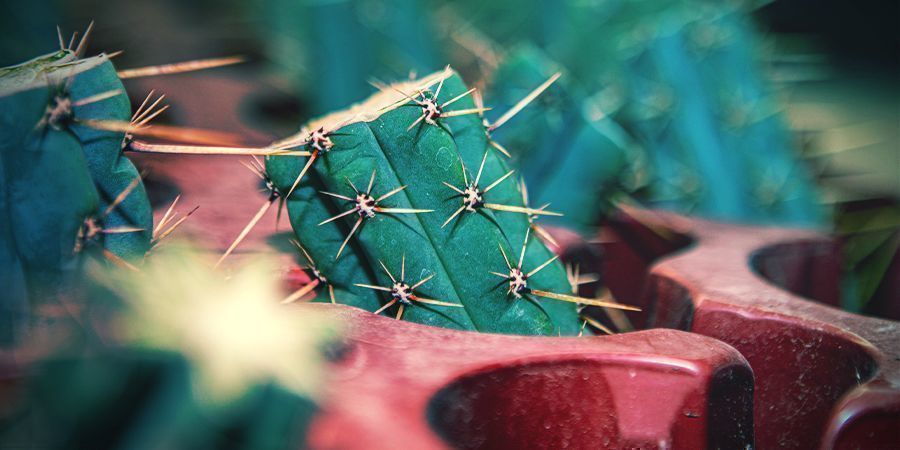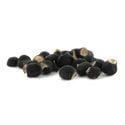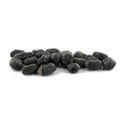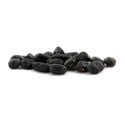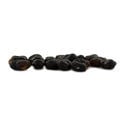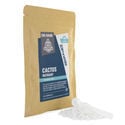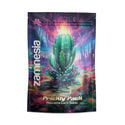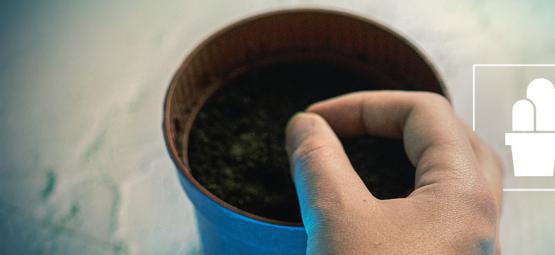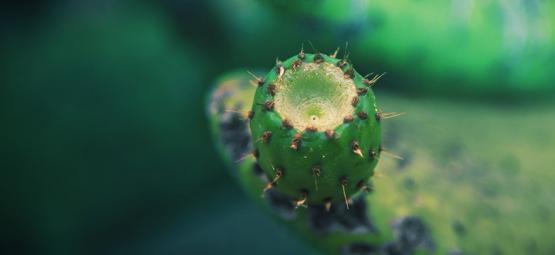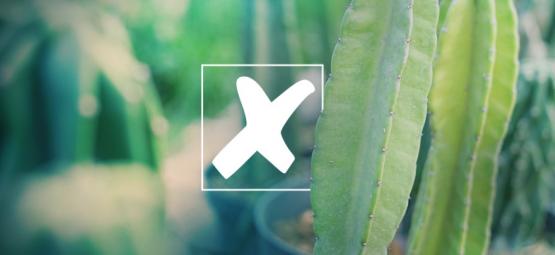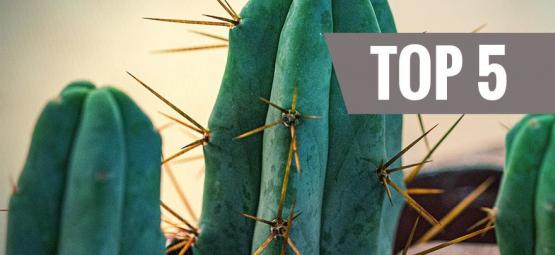Bolivian Torch: Everything You Need To Know
Bolivian torch belongs to an extensive family of mescaline-containing cacti. These plants have been used for thousands of years for spiritual purposes, and are still utilised for similar reasons today.
The journey to that enlightenment, however, can take you to some high and dry places. By that, of course, we mean you'll end up in the beautiful Bolivian high deserts, where this cactus usually grows. You can find some people growing it elsewhere, sure, but it's elusive outside of its typical home.
As a result, before you could order the seeds online, not many were able to experience its effects. Now, though, instead of just having to read about it, you have a chance to try it for yourself! That, however, doesn't mean you should dive in blind. Before you even think of trying Bolivian torch, we highly suggest you continue reading to get more familiar. As with any other psychedelic, research is key before trying the substance itself.
What Is Bolivian Torch
Scientifically known as Echinopsis lageniformis, Bolivian torch is what's known as a fast-growing columnar cactus. It may grow fast relative to other cacti, sure, but even five-year-old specimens look puny in comparison to those left uninterrupted outside. By the time they peak height-wise, they measure anywhere between two and five metres tall (6–15 feet)! Besides their height, however, they're not very remarkable-looking, seeming more plain and unassuming than they are in reality. Certain mature ones, however, will boast a big flower blooming on top of their head.
"Who cares about looks? Don't people just use them for what's inside?". Most people do, yes, but a sizable group out there treasures certain varieties for their appearance, rather than their psychoactive properties. Specifically, they go for certain cristate and monstrose varieties of Bolivian torch to adorn their gardens, admiring their peculiar nature.
Normally, we'd expect psychedelic cacti fans to be mad about that. However, many of them don't even seem to know Bolivian torch exists! Unless you're in Bolivia, especially the La Paz region, you'll find that it's the least-used mescaline-containing cactus of them all. Even when we talk about ornamental cactus collectors, not many of them have Bolivian torch on their radar, let alone in their garden.
Why is that, though? Why hasn't this cactus, which is just as potent and pretty as the others, amassed any popularity? In our opinion, it's because not enough people have heard about it in the first place. Once the word is spread, however, there's no reason why this shouldn't fuel many mescaline trips in the future.
Cactus of the Four Winds
As with anything related to psychedelics, there’s a fair share of uncertainty surrounding naming. While you might hear some refer to Bolivian torch as “Cactus of the Four Winds”, this term actually describes a variety of the Bolivian Torch cactus!
If you happen to find a four-ribbed cactus, you should consider yourself very lucky. In fact, according to local legend, making that discovery is a sign you're either a great shaman, or on the way to becoming one. That four-ribbed specimen, as you may have guessed, is the Cactus of the Four Winds.
While the actual psychedelic effects are similar to those of the standard Bolivian Torch, it holds special value due to the sacred nature of the number four in its native region. Speaking of, these cacti also happen to be found in high-altitude regions of Bolivia. Considering their habitat, along with the fact that they both contain mescaline, it's easy to see how some assume they're one and the same.
Identifying Bolivian Torch
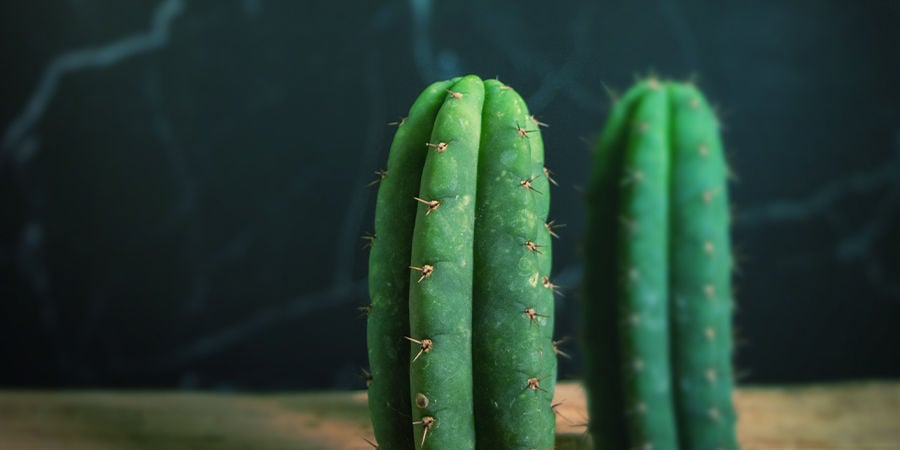
Wild varieties grow within the Bolivian departments of La Paz, Cochabamba, Chuquisaca, Santa Cruz, and Tarija. These fast-growing columnar specimens can reach astonishing heights of 2–5m, with a typical diameter of 15–20cm. The stem is dull greyish-green (glaucous) in appearance but takes on a darker green shade with age.
These cacti feature a minimum of four ribs and a maximum of eight. However, specimens usually develop 5–7 ribs. Each rib houses honey-coloured to brown spines that emerge in clusters of up to four from nodes spaced around 3cm apart. These sharp structures can grow anywhere between 6–10cm in length.
Bolivian torch develops large white flowers during the summer. These fragrant flowers bloom during the night and reach an impressive diameter of 20cm.
How To Grow Bolivian Torch
Bolivian torch can be grown at home with relative ease. You can start your cactus either from seed or cutting.
Growing From Seed
If you’re starting from seed, germinate the desired amount using a cactus potting mix—essentially a blend of sand, soil, and peat moss. Remember, cacti aren’t like regular plants. They evolved in the desert and appreciate an aerated growing medium with few nutrients.
Here’s how to grow Bolivian torch from seed:
-
Grab some small, shallow pots and clean them thoroughly.
-
Fill each pot with moistened cactus potting mix.
-
Sow several seeds in each pot to maximise germination rate. Place them on the surface, around 3cm apart, and delicately press them into the potting mix.
-
Cover each pot with a thin layer of perlite and mist with water. Cover each pot with a layer of plastic film to trap moisture.
-
Try to maintain a temperature of 23°C, and expose your pots to 6–8 hours of sunlight each day.
-
Only water your babies when their pots dry out. When they need a drink, fill a shallow tray with water and place the pots inside. Water them from the bottom for 20 minutes and then return them to their original spot.
-
Your seed will germinate within one month. Thin the seedlings down to one per pot and slowly remove the plastic film over the course of a week to avoid shocking your cacti.
-
Transplant your cacti into larger containers and move them into your garden. Start them off in light shade over the first summer and move them into an exposed area when autumn comes around.
Starting With A Cutting
Starting with a cutting allows growers to skip the germination phase.
Here’s how to start your Bolivian torch from a cutting:
-
The base/wound of the cutting should be completely dry. If not, place it horizontally in a dry location until the moisture evaporates.
-
Place your cutting vertically in a dry container and allow it to dry for another two weeks at a temperature of 20–25°C.
-
After two weeks have passed, place your cutting vertically into a dry rooting medium such as perlite. Leave it in the dry mixture for 4–6 weeks. Do not water your cutting during this time!
-
After four weeks, take out the cutting and check for roots. If there’s no sign of life, place it back into the rooting mix. If you see roots, it’s time to repot your cutting.
-
Place the cutting into a clean pot filled with cactus potting mix. Water your cutting and transfer it to your garden or a well-lit windowsill.
How To Prepare Bolivian Torch
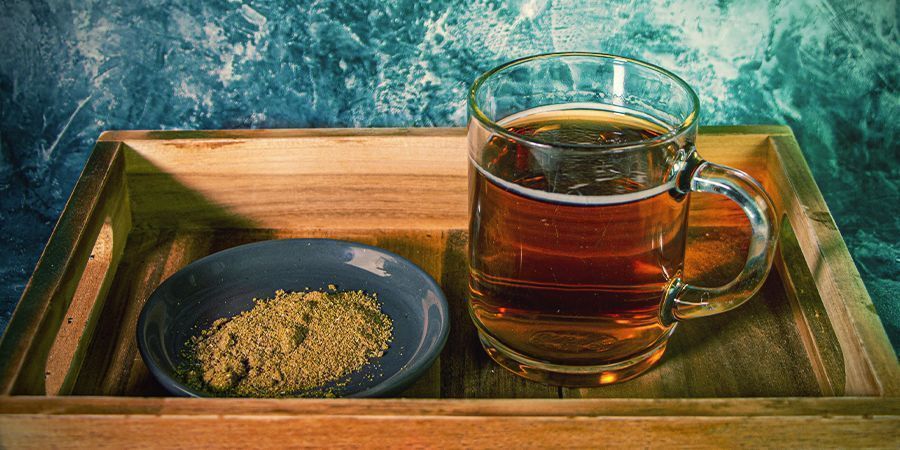
You can consume Bolivian torch in several ways. You have the option of munching it raw, processing it into capsules, or making a tea.
Not ideal for fussy eaters, Bolivian torch is extremely bitter and near unpalatable. If you plan on eating your cactus, you’ll need to remove the skin and spines, leaving behind the mescaline-rich pulp.
Processing the cactus into a powder allows users to skip the bad taste. The dried powder can be added to tasty smoothies or loaded into capsules and swallowed.
Making a cactus brew provides another more-pleasant way to consume Bolivian torch. You’ll need to boil it for some time, pass it through a filter, and add some honey to combat the bitterness.
How Much Bolivian Torch To Trip?
Dosing Bolivian torch—and mescaline cacti in general—remains an inexact science. Scientists haven't established exact doses, and cacti can contain varying levels of mescaline depending on certain factors, such as age.
For now, cactus lovers need to rely on anecdotal reports, rough figures, and personal experimentation.
What Are The Effects Of Bolivian Torch?

As a powerful psychedelic, nobody should take mescaline lightly. Read about set and setting here to mentally and physically prepare for the experience.
Following consumption, you’ll start to feel the effects take hold. The alkaloids that give Bolivian torch its bitterness often cause sensations of physical discomfort to arise during this time. However, the feeling usually passes within 1–2 hours.
Eventually, a more intense effect begins to set in. The trip usually peaks at around 2–4 hours, and lasts a total of 8–12 hours. During this time, you’ll likely experience a contrasting mixture of pleasant and unpleasant sensations, including:
- Visual hallucinations
- Feelings of connection to yourself, others, and the universe
- Increased feelings of openness and empathy
- Synaesthesia, or blending of the senses—you might hear colours and taste sounds
- Ego death
- Potential “bad trip”
Bolivian Torch Vs Peruvian Torch
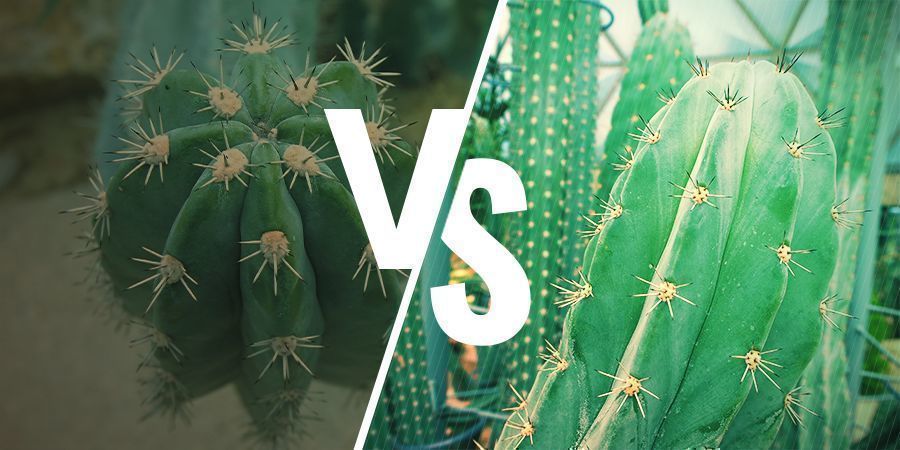
San Pedro, peyote, and Peruvian torch form the triad of famous mescaline-containing cacti. Bolivian torch and Peruvian torch share some striking similarities, but they’re also completely different species that feature unique traits.
| Bolivian Torch Profile | Peruvian Torch Profile | |
| Botanical name | Echinopsis lageniformis | Echinopsis peruviana |
| Height | 2–5m | 3–6m |
| Diameter | 15–20cm | 8–18cm |
| Colour | Dull, greyish-green stem | Blueish-green stem |
| Ribs | 4-8 | 4–8 |
| Spines | Honey-brown, 6–10cm in length | Honey-brown, 1–4cm in length |
| Flowers | Large, white, fragrant, night-blooming | Large, white |
| Average mescaline content | 0.56% by dry weight | 0.24% by dry weight |
| Native range | High deserts of Bolivia | Western slope of Andes, Peru |
How To Order Bolivian Torch (Echinopsis Lageniformis)
Bolivian torch belongs in the collection of any mescaline cactus enthusiast. This rare and elusive specimen will spice up your genetic archive, and it's a great topic of conversation for when your friends come over to check out your botanical collection.
For the psychonauts out there, you need to try Bolivian torch if you’re a fan of mescaline. Tick this rare experience off your checklist.
You can purchase Bolivian torch seeds and Bolivian torch "Monstrose" cuttings from the Zamnesia store. All of our products are sent in discreet packaging
- Contributors to Wikimedia projects. (2005-07-31T00:31:22Z). Fasciation - https://en.wikipedia.org
Related products
you might also like




 Seedshop
Seedshop Headshop
Headshop Vaporshop
Vaporshop Healthshop
Healthshop Smartshop
Smartshop Shroomshop
Shroomshop Plantshop
Plantshop United States
United States
